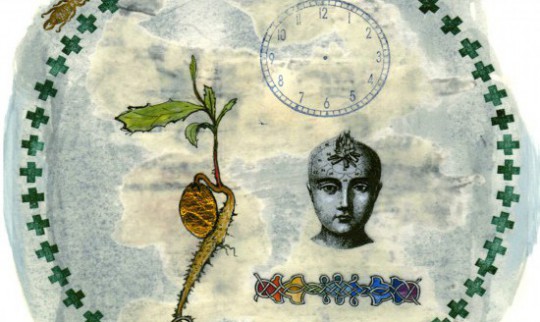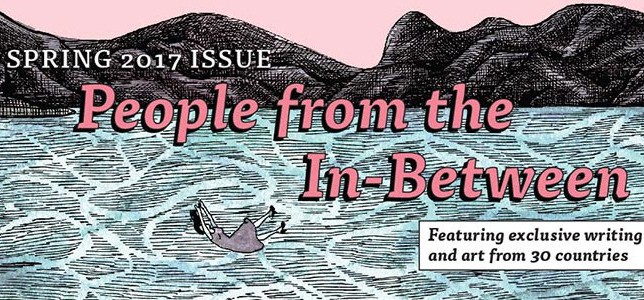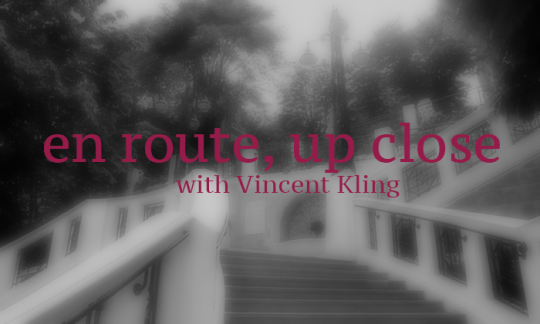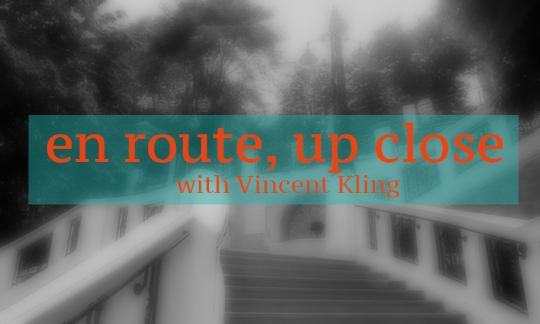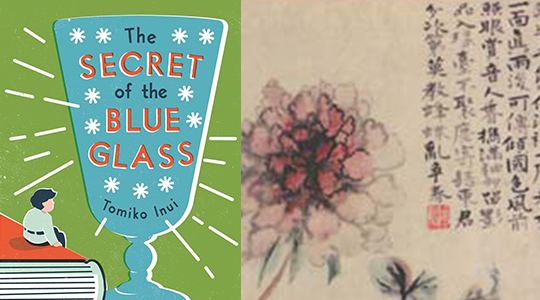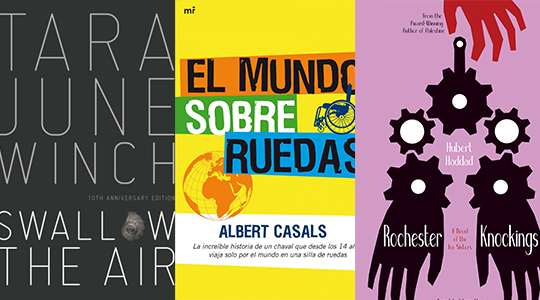This essay is the first of a series of three which will highlight three women writers from Yemen, Sudan, and Saudi Arabia who never before have been translated into English. The series was catalyzed by Asymptote’s call this past winter for a Special Feature for the Spring Issue dedicated to literature from the countries covered by Trump’s travel ban on certain predominantly Muslim countries. One of Asymptote’s core goals is to provide a platform for work from regions generally underrepresented in translation. Yemen, Sudan, and Saudi Arabia have long been marginalized in the realm of translations from Arabic to English. The contributors have chosen to focus on women writers because they tend to face greater hardships in getting published, particularly in Saudi Arabia.
Yemeni writer and journalist Huda al-Attas, born in 1971, is a pioneer of women’s short-story writing in Yemen and other Arab countries. Al-Attas has been writing for more than two decades. She was born in Hudarmut, in southern Yemen, and was raised in Aden with her brothers by her mother. Her family members are her biggest fans and greatest supporters. As a journalist, she is a regular Yemeni newspaper columnist. Her short stories have been published in Yemen and all over the Arab world.
Al-Attas has a broad fan base, consisting of not only conservative middle-aged literary readers but also a new generation of young, liberal readers. Contrary to stereotypes about the Arab world, Yemeni culture has been hospitable to writers, male and female alike. Interestingly, Al-Attas’s Yemeni audience can be divided into two parts: a liberal, secular audience that desires progressive change and a conservative audience that does not believe in women’s rights and even goes so far as to believe that a woman could not be the author of such daring work.
Well regarded by writers around the Arab world, Al-Attas is known as a liberal advocate of human rights and equality between people. She was well known before the Arab Spring as a bold writer who shed light on religious, social, sexual, and political taboos in a conservative society that shackles both men’s and women’s rights and prevent progress. Her personal bearing is as daring as her literary work: for example, pictures of her not wearing a scarf (a breaking of taboo in her culture) appear frequently in newspapers. She has received awards from many different Arab countries, such as Yemen and UAE. Her collections of short stories include Obsessed Spirit…Obsessed Body (hājisrūḥwahājisjasad, 1995), Because She (li’annaha, 2001), and Lightning Training to Be Light (bariqyatadarrabalada’, 2003). Her work has been translated into many languages. Topics that she addresses include incest, patriarchal ownership of women’s bodies, child brides, child begging, child labor, and khat addiction, to name a few. She explores these topics through innovative literary techniques that are as liberating as her subject matter.





